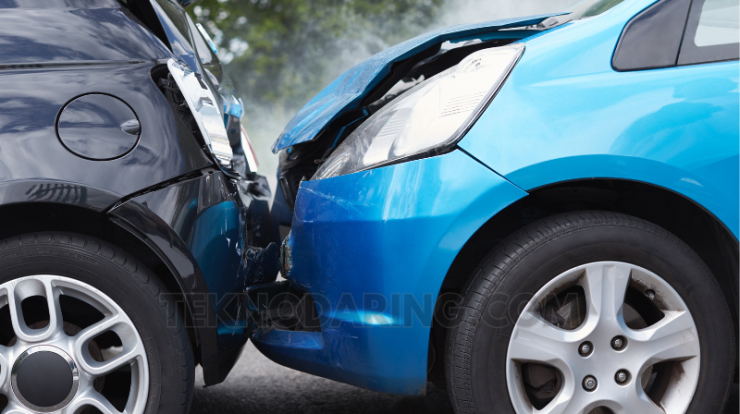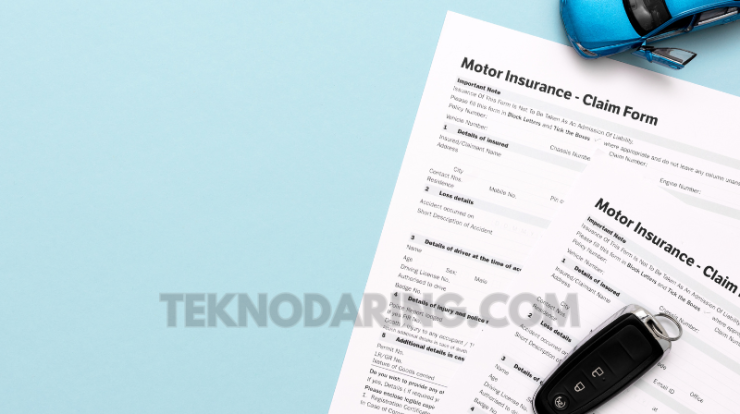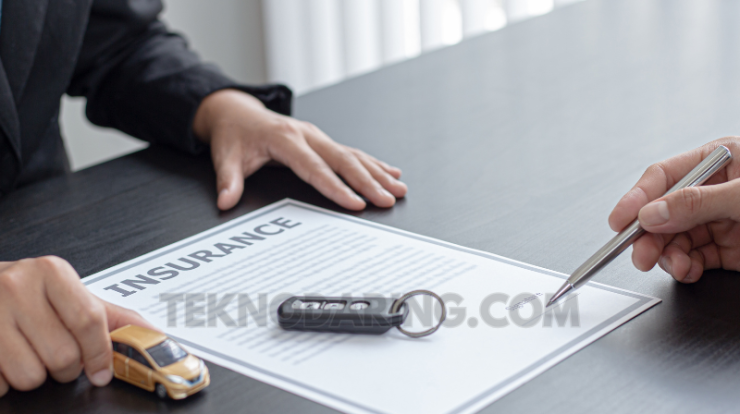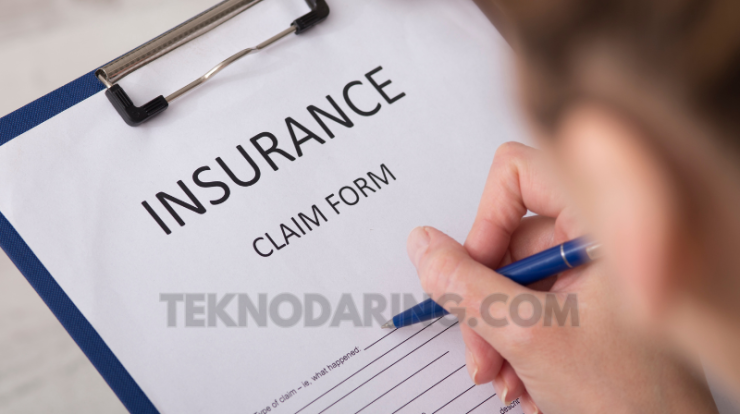
Insurance Claims for Car Accident – Getting into a car accident is stressful enough — but dealing with insurance claims afterward can be just as overwhelming. Whether it’s a minor fender-bender or a serious collision, understanding the process of filing insurance claims for a car accident can help you avoid delays, confusion, and financial loss.
In this guide, we’ll walk you through the essential steps, what documents you’ll need, how to deal with insurance adjusters, and how to get the compensation you deserve.
What Is a Car Insurance Claim?
A car insurance claim is a formal request to your insurance provider to cover costs related to an accident. This can include repairs, medical bills, rental cars, and even compensation for pain and suffering depending on your policy and the accident’s circumstances.
Types of Car Insurance Claims
There are different types of claims based on the situation:
-
At-fault claims – You caused the accident
-
Not-at-fault claims – The other driver caused the accident
-
Comprehensive claims – Damage from non-collision events like theft, fire, or weather
-
Uninsured/underinsured motorist claims – The other driver lacks proper coverage
Steps to File an Insurance Claim After a Car Accident
Filing a car insurance claim doesn’t have to be complicated if you follow these key steps:
1. Ensure Safety First
Right after the accident, check for injuries and call emergency services if needed. Move to a safe area if the vehicle is drivable.
2. Document the Scene
Take detailed photos of:
-
Vehicle damage
-
Road conditions
-
License plates
-
Any injuries
-
Skid marks or property damage
Also, gather:
-
The other driver’s name, contact info, and insurance details
-
Witness statements (if available)
-
Police report number (if applicable)
3. Contact Your Insurance Provider
Call your insurance company or use their mobile app to start the claims process. Provide all necessary info and be honest — even small inaccuracies can delay or jeopardize your claim.
4. Work With the Insurance Adjuster
An adjuster will review your case, inspect the damage, and determine how much the insurer will cover. You may need to get a repair estimate or go to an approved mechanic.
5. Get Paid or Reimbursed
Once your claim is approved, the insurer may send you a check, pay the repair shop directly, or handle medical costs according to your policy.
Common Mistakes to Avoid When Filing a Car Accident Claim
-
Delaying the claim – Always report the accident promptly
-
Admitting fault too early – Let the investigation determine who’s responsible
-
Not collecting enough evidence – More documentation helps support your case
-
Not reading your policy – Know what’s covered before assuming anything
What If the Other Driver Is at Fault?
If you’re not at fault, you can:
-
File a third-party claim with the at-fault driver’s insurance
-
Let your insurer handle it and recover costs through subrogation
-
Use your collision coverage if you want faster repairs (your insurer may later be reimbursed)
Final Thoughts on Insurance Claims for Car Accidents
Accidents are stressful, but filing insurance claims for car accidents doesn’t have to be. The key is to stay calm, document everything, and work with your insurance provider. The more organized and proactive you are, the smoother the process will go.
Don’t forget to review your car insurance policy regularly so you’re always clear on what’s covered — and consider adding features like roadside assistance, rental reimbursement, or uninsured motorist protection for extra peace of mind.





